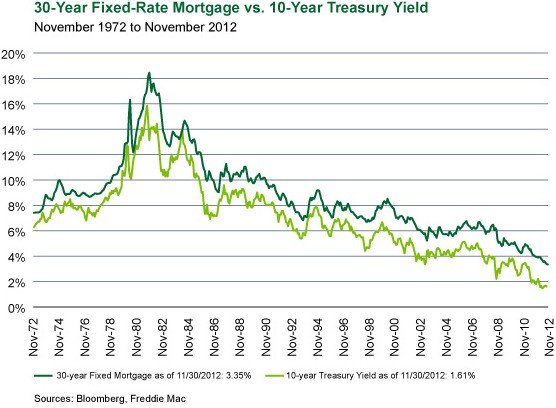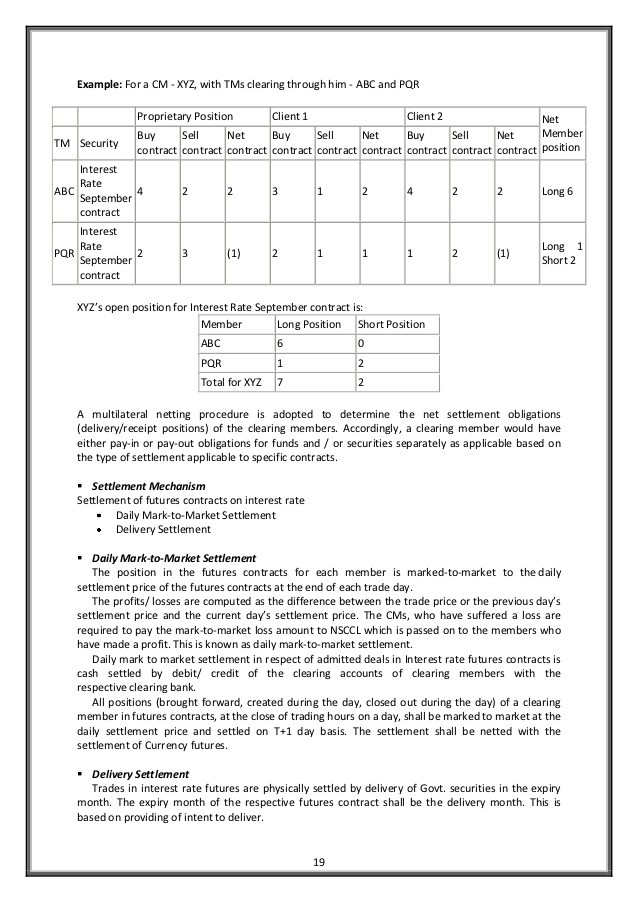Buying and Selling Treasury Notes and Bonds
Post on: 19 Апрель, 2015 No Comment

You can buy new issues at auction or existing Treasury securities negotiating in the secondary market.
New T-Notes and Bond issues: You can buy new issues of Treasury notes and bonds through auction or through brokerage firms and commercial banks. Buying through banks and brokerage firms involves having to pay commissions which vary depending on the face value of purchased securities and collected markup for buying. To avoid having to pay commissions you may buy these new issues directly through action of the Federal Reserve Banks. Auctions of new issues take place as scheduled. You could also call the Federal Reserve bank and ask to be included in the mailing list to purchase new issues of notes and bonds. A 24-hour Reserve Bank information number lists forthcoming auctions.
The US Treasury Department has made Treasury notes and bonds available to investors who want to purchase them online through the Treasury direct program. You can find information updated on auctions, and news on all Treasury securities on this web site. When buying directly you must first open an account with the Federal Reserve. By completing a new account request form you establish a Treasury direct account. where Treasury securities are held in site form. Treasury certificates are no longer issued.
After submitting this form to the Federal Reserve Bank or branch in your area, you receive confirmation of your account with a unique account number corresponding to the information in the account. This account number is used for your buying of Treasury securities (bills, notes, bonds, or indexed-inflation securities) and is keeping for free up to $100,000. Security amounts over this amount incur in an annual $25 fee. Now you are ready to fill in the tender form to purchase Treasury notes or bonds in an auction of the Federal Reserve Bank. Write down your personal data in the tender form. The 9-digit routing number identifies the financial institution. This number appears in front of your account number in the bottom part of the banks check.
You can choose in what form to buy Treasuries using either a competitive or non-competitive bid, in which a yield bid to two decimal places (4.06%) is submitted for the issue. You can get a clue about the probable range of the yield to submit by watching the pre-auction trading of that issue.
Dealers begin negotiating these securities a few days before the auction on a when issued basis, and then when issued yield is often reported in the financial section of the Wall Street Journal and the New York Times. Investors present written bids in closed envelopes, and Treasury accepts bids with lower yields than the stop-out yield until everything has been sold. All the winning bidders receive a unique price. If you bid too aggressively you take the risk that your bid is not accepted in auction. If you do not wish to take the risk of having your bid not accepted, or if you do not know what to do, you can present a non-competitive bid. Then you can buy the Treasury notes and bonds at a stop-out yield to up to $5 millions. You could also present bids in tender forms through mail or in person before the closing of bids.
The competitive bids must be received at the scheduled time in the offering circular. Non-competitive bids that are mailed must be postmarked no later than midnight the day before the auction and received on or before the issue date of securities.
Along with the tender form you must send a check with the exact amount of the bonds face value. If the price in auction is lower than the face value, you will receive a check for the difference. If the price is higher than the face value of the note or bond, you receive an amount due notice for the difference. After your bid has been accepted, you receive a confirmation receipt from the Federal Reserve. The Treasury pays interests of the notes and bonds every six months. Approximately 45 days to maturity notes and bonds an option notice to reinvest is sent by mail to all the note and bondholders giving them the option to reinvest their principal in new issues. If you decline this option to reinvest, the redemption payment is done directly to your bank account on maturity date.

If you decide to sell your Treasury notes or bonds before maturity, you can use the secondary market which is formed by dealers. Before selling you must fill in a Transfer Request Form (PD5179). If If you bought notes or bonds directly from the Federal Reserve, then, your is account is transferred from the Treasury Direct Entry-System to the Commercial site-entry system. Now you can sell your Treasury notes or bonds.
The commercial site-entry system records Treasuries bought through financial institutions and government security dealers. You must sell treasuries in the secondary market through a bank or brokerage firm.
Existing Issues: Investors buy and sell existing issues through banks or brokerage firms. Many issues are available with a wide range of maturities negotiating at discounts or premiums depending on their coupon rates and length of time to maturity.
As with corporate bonds, Treasury notes and bonds are market priced in the financial section of the newspapers under the denomination of Treasury Issues. The prices of Treasury notes and bonds are quoted as a percentage of the basis, and the fraction of the percentage are of a point. For example, a quoted price of $101:16 is $101 or $1015.
The secondary market for Treasuries are the smallest (rarely more tan a few cents) of all the fixed-income securities because of the liquidity of many of the issues. The market is active with huge amounts of Treasuries negotiated.














